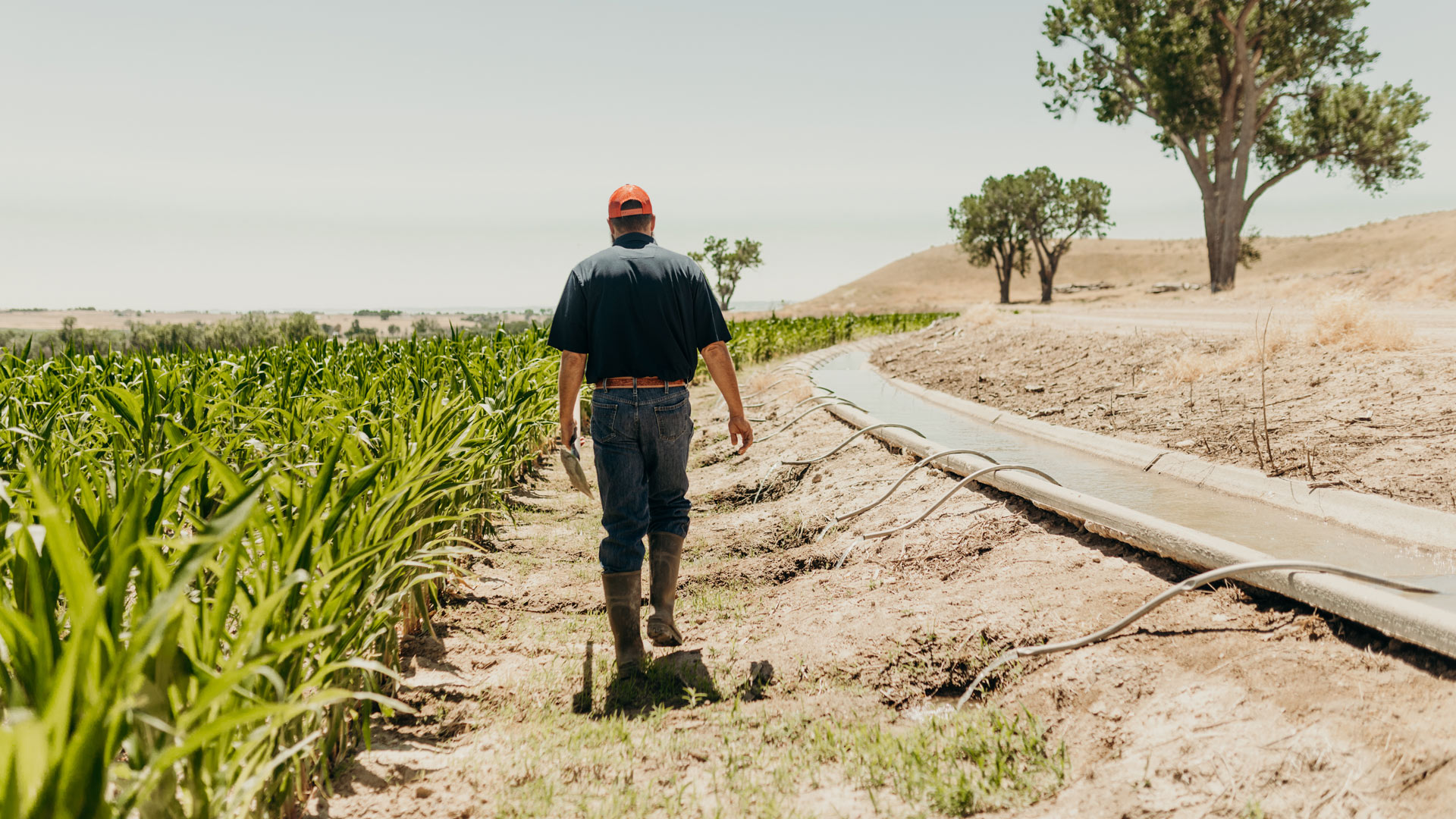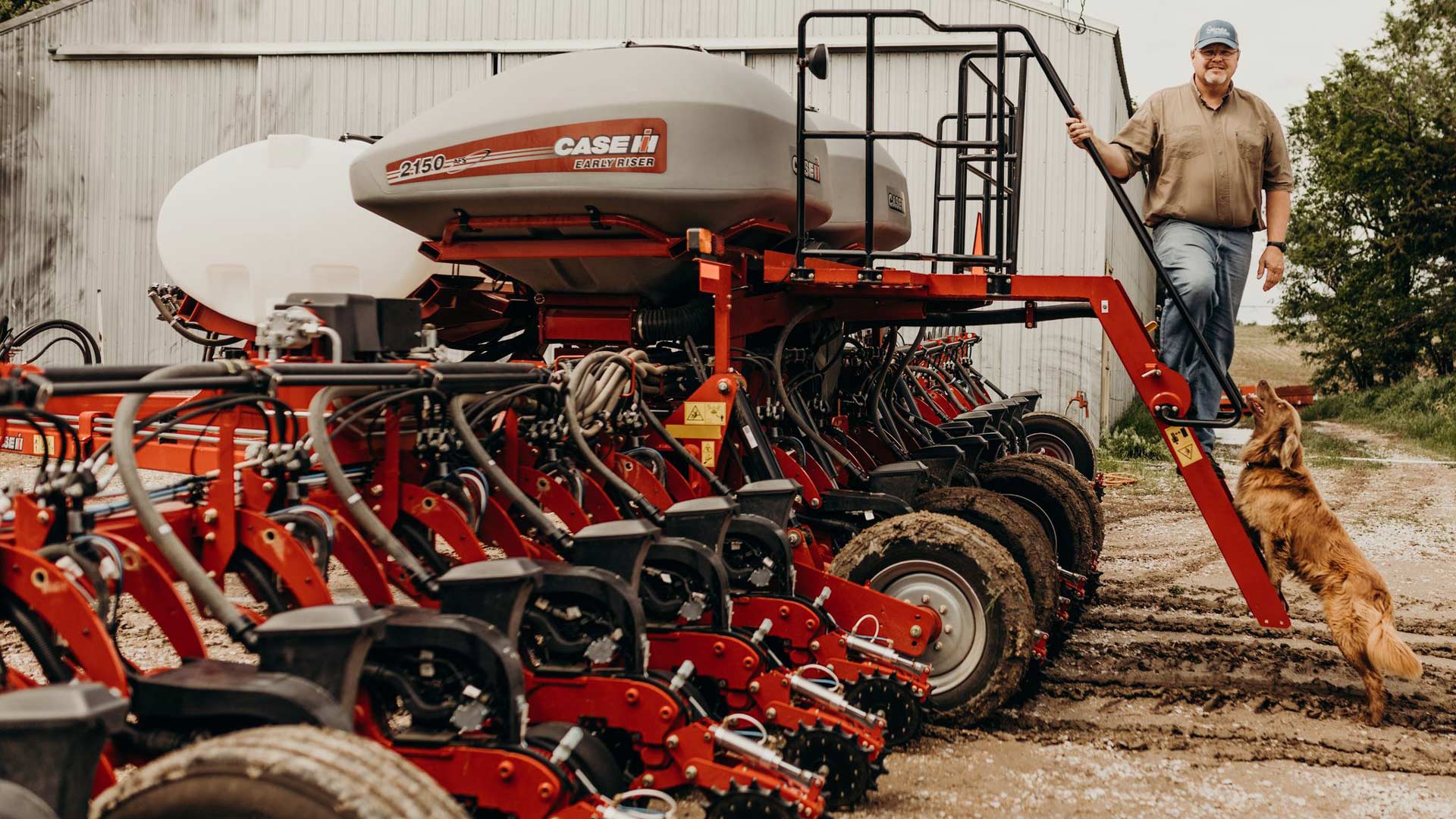Flex fuel is a clean-burning, renewable and sustainable resource that can be blended with gasoline to reduce emissions and increase fuel efficiency for your vehicle.
Using flex fuel reduces greenhouse gas emissions by up to 50%, making it an attractive option for those who want to lower their carbon footprint. In addition, flex fuel is more cost-effective than traditional gasoline, so it can help save you money at the pump. With its many benefits, flex fuel is quickly becoming the preferred choice for fueling up and preserving our planet’s natural resources.
Interested in learning more about flex fuel? Here are the facts on this renewable fuel source.
What Is Flex Fuel?
Flex fuel, also known as E85, is a blend of gasoline and up to 85% ethanol. This type of fuel reduces emissions when compared to traditional gasoline. It can be used in flexible-fuel vehicles designed to run on either regular unleaded gasoline or any combination of gasoline and ethanol up to 85% ethanol.
Vehicles designed to use flex fuel can also use regular gasoline without any modifications. However, flex fuel should only be used in vehicles designed to use it.
Is Flex Fuel a Biofuel?
Flex fuel is a biofuel because it contains ethanol, which is a renewable resource made from biological material.
A common way of making ethanol is through the fermentation process. It starts when a grain, usually corn, is fermented to create ethanol. The ethanol is then purified and blended with gasoline in order to meet standards established by the Environmental Protection Agency (EPA).
Nebraska is a major producer of ethanol, producing an average of 2.4 billion gallons annually to rank as the second-highest producer in the country.
Is E85 Flex Fuel?
Yes, E85 is another name for flex fuel. It indicates a fuel that is a blend of gasoline and up to 85% ethanol, which makes it a renewable biofuel that is better for the environment.
What Is the Carbon Footprint of E85?
The carbon footprint E85 is 53.3 grams (g) of carbon dioxide-equivilant greenhouse gases per megajoules (MJ) per energy, according to an analysis by the Renewable Fuels Association. That’s 46% lower than the 98.5 g/mj produced by regular gasoline, the analysis found.
E85 has a smaller carbon footprint than regular gasoline when its entire life cycle, including how and where it is produced, is factored into the equation.
Unlike gasoline, which often comes from foreign oil that must be shipped to the United States, ethanol is a domestic product made from corn or other biological material grown here in the United States.
Additionally, ethanol is a renewable resource – unlike oil, which is a finite resource, the corn used to make ethanol is grown year after year.
Is E85 Dirtier Than Regular Gas?
E85 burns cleaner than regular gasoline and has a smaller overall carbon footprint than non-ethanol fuel blends. It produces fewer emissions, which results in cleaner air. At the same time, it has the added benefit of providing more torque and horsepower than regular gasoline.
Is E85 Better for the Environment?
E85 is better for the environment than non-ethanol fuel blends. That’s because it has a smaller overall carbon footprint and burns cleaner than traditional gasoline, and the ethanol it contains is a domestically produced renewable resource made from corn or other biological materials.
According to the Renewable Fuels Association, ethanol results in reduced tailpipe emissions of carbon monoxide, hydrocarbons, the carcinogen benzene and fine particulates that irritate the lungs.
In addition, ethanol has the side benefit of producing useful byproducts like distillers’ grains that can be used as a high-protein feed for cattle.
Related Posts
Corn Irrigation: Providing Responsible, Sustainable Growth for Nebraska Crops
Irrigation is crucial for Nebraska's agricultural economy, providing corn and other crops water in a sustainable manner that protects the state's water supplies. Modern irrigation systems in Nebraska allow farmers to precisely water their [...]
Trade Missions: Reaching Global Corn Customers, Strengthening Partnerships
Cultivating relationships is key to successfully marketing any product. In today's economy, that often means going global. The Nebraska Corn Board connects farmers with customers around the world through international trade missions. During these [...]




